Rubber Joint
Price: Contact
Singapore Singaflex Rubber Flexible Joint
- Bellows inner material: NBR rubber or EPDM
- Flange material: Stainless steel 304 or CS steel A105, SS400,...
- Connection: ANSI150RF Flange or as required.
- Pressure, fluid: Contact PME for advice.
- Discount code and product availability: Contact PME.
Singaflex Rubber Flexible Joint
Rubber Flexible Joint is a type of hose made from synthetic or natural rubber, with good elasticity and pressure resistance. They are commonly used in water, gas, and liquid systems in many industries and residential applications. Rubber flexible hoses may or may not have a protective cover, usually steel mesh or synthetic fiber to enhance durability and pressure resistance.
Structure of Rubber Flexible Joint
Inner rubber layer: Made from natural or synthetic rubber, capable of withstanding different types of liquids and gases.
Reinforcement layer: Usually a layer of steel mesh or synthetic fiber covered with a rubber layer, helping to increase durability and pressure resistance.
Outer shell: Made from rubber that can withstand harsh environmental conditions, protecting the inner rubber layer and reinforcement layer.
Connectors: Designed according to different standards (such as flange, thread, or weld), suitable for many different systems and devices.
Advantages of Rubber Flexible Joint
Light weight: Light rubber, easy to install and move.
High flexibility: Rubber has good elasticity and bendability, suitable for applications requiring high flexibility.
Low price: Compared to stainless steel and composite pipes, rubber pipes are often cheaper.
Ability to reduce vibration and noise: Rubber has the ability to absorb vibration and reduce noise effectively, minimizing negative impacts on the system.
Withstands harsh environments: Some types of rubber are resistant to the effects of sunlight, ozone, and harsh weather conditions.
Disadvantages of Rubber Flexible Hose
Poor chemical resistance: Rubber cannot withstand many strong chemicals and is easily decomposed or damaged when exposed to chemicals.
Poor durability: Rubber is susceptible to abrasion and damage due to impact or harsh environmental conditions.
Poor heat resistance: Rubber cannot withstand high temperatures and is easily deformed and damaged.
Short lifespan: Compared to stainless steel or composite hoses, the lifespan of rubber hoses is usually shorter and needs to be replaced periodically.
Application of Rubber Flexible Hose
Water industry: Used in water pipes, irrigation, and wastewater treatment systems.
Automotive industry: Used in cooling, oil, and air systems.
Construction industry: Used in liquid and gas pipeline systems in construction projects.
Food industry: Used in water and liquid systems during food production.
Conclude
Rubber Flexible Hose is a popular choice for many applications due to its versatility, light weight, and low cost. However, they have some limitations in terms of chemical resistance, temperature, and durability. The selection of rubber hose requires careful consideration of the specific requirements of the application and environmental conditions to ensure system efficiency and durability.
.
Related projects









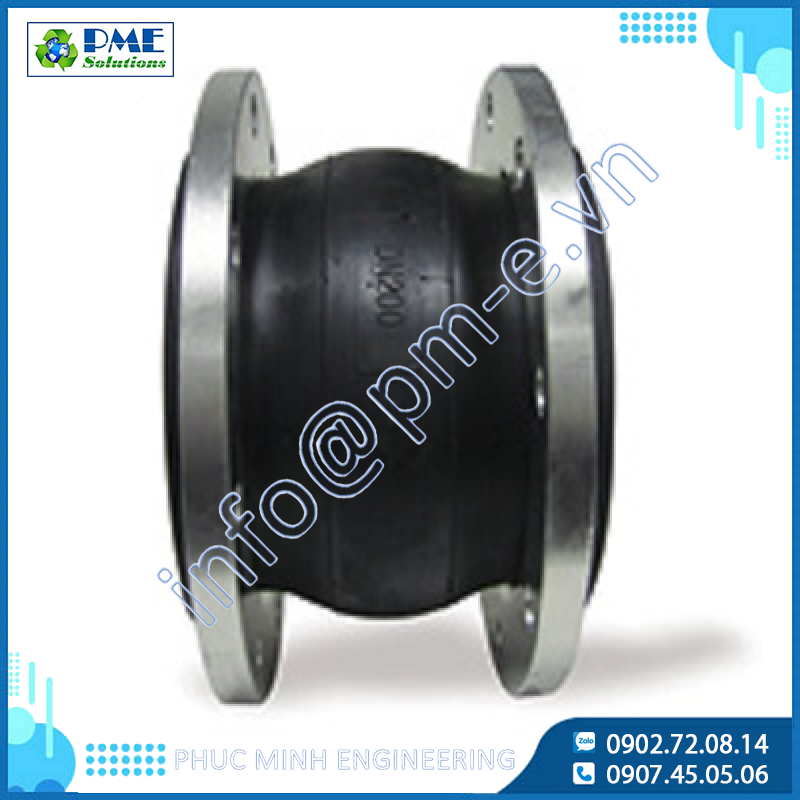
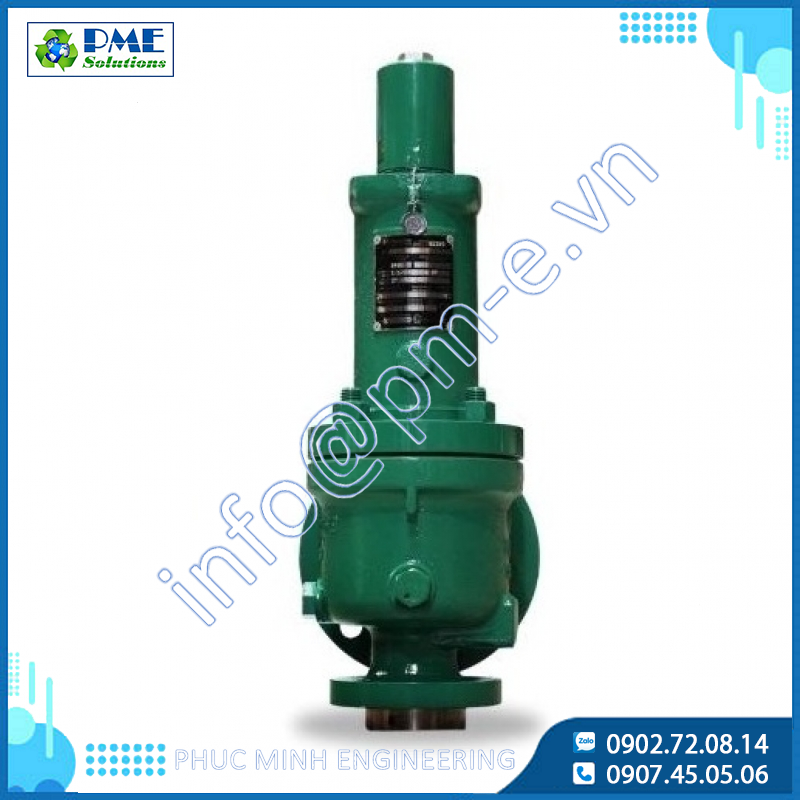
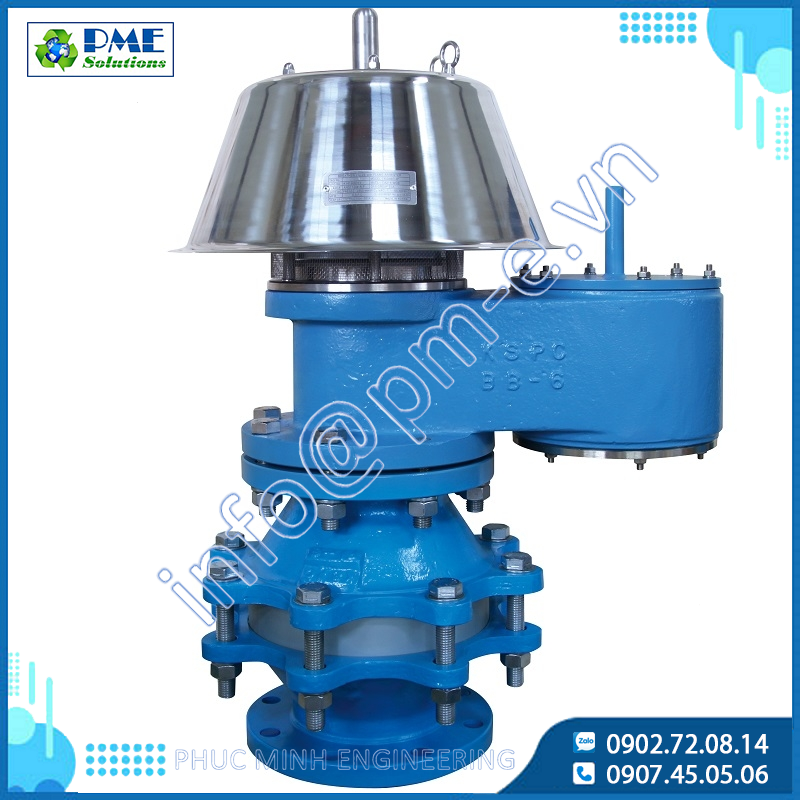
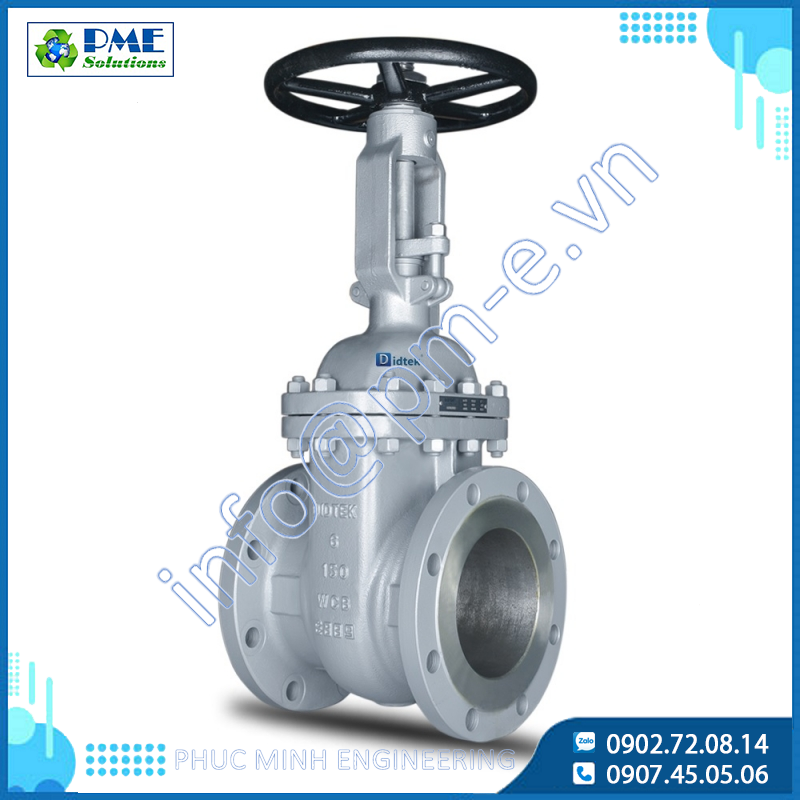
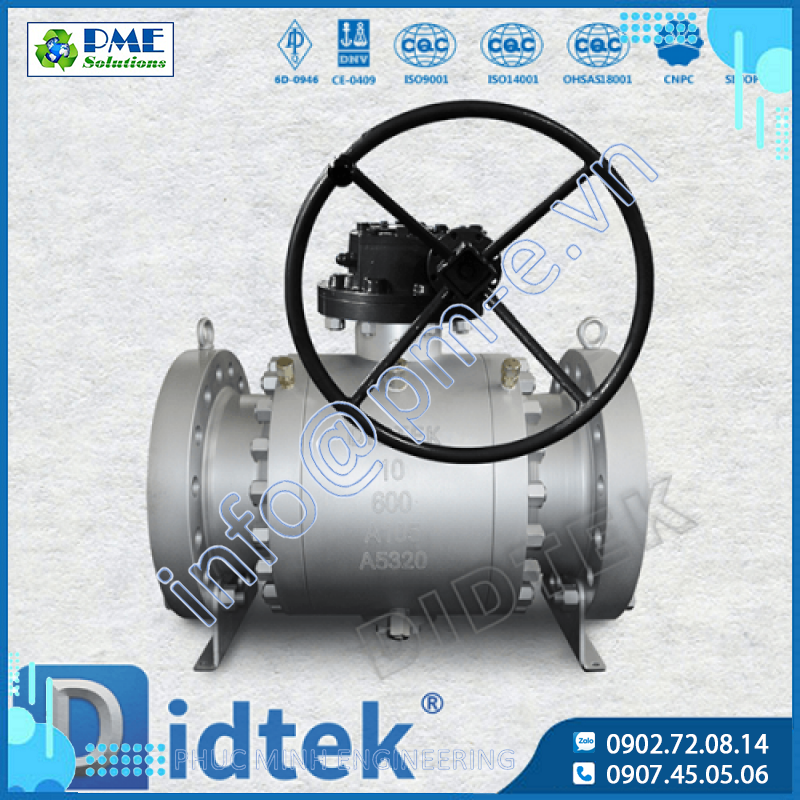
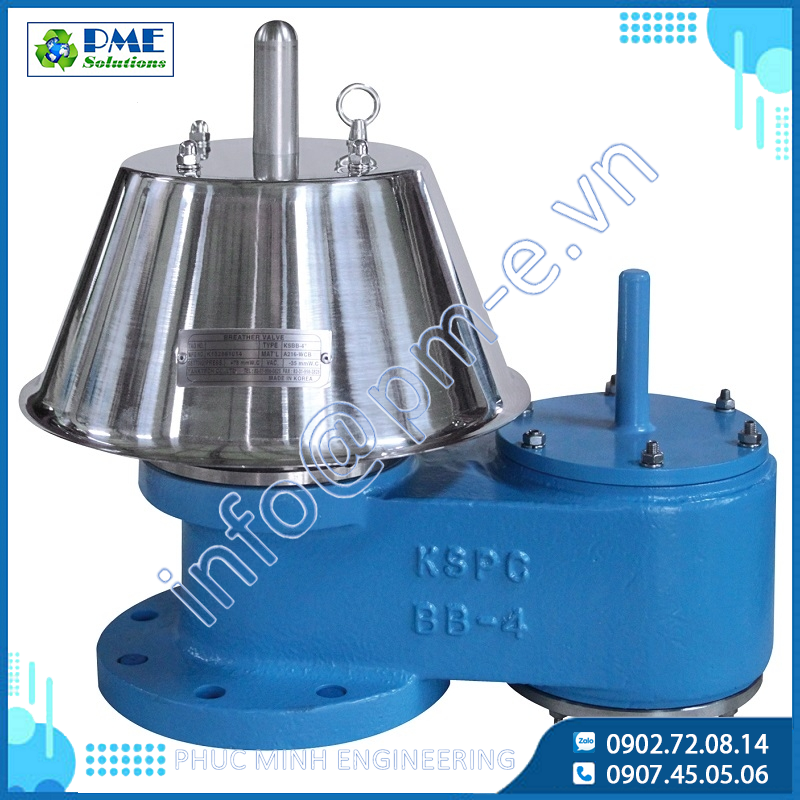


.png)






